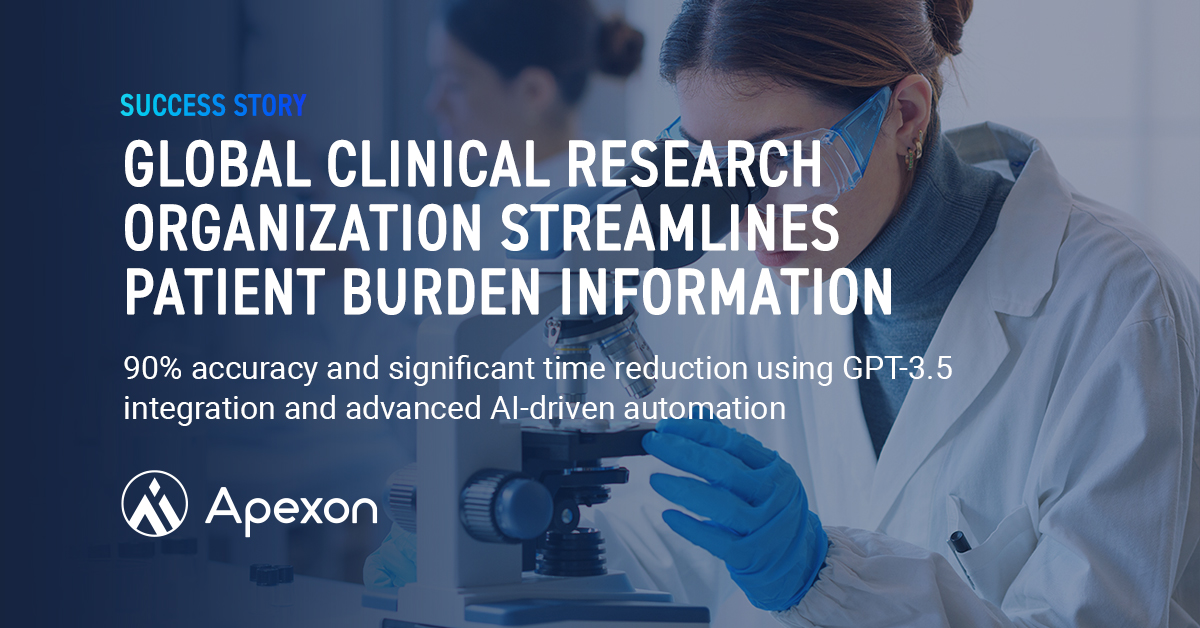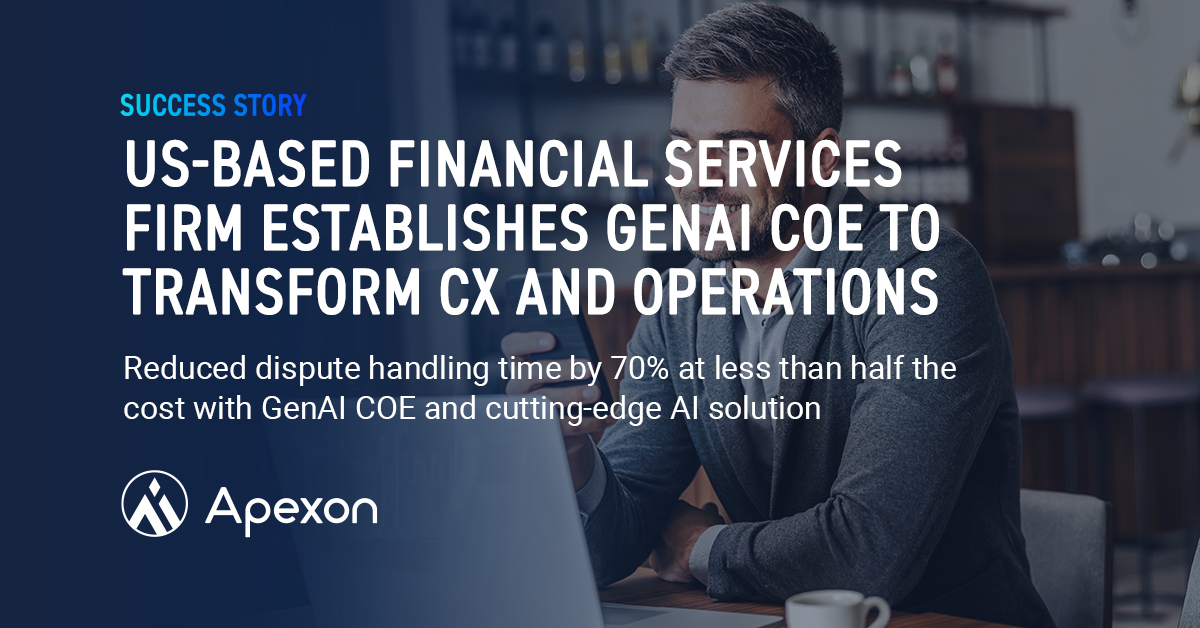
8 Innovative Platform Engineering Strategies That Will Blow Your Mind

In the ever-evolving landscape of the modern software industry, the complexities of building robust software and managing platforms have reached unprecedented levels. As technology advances at a breakneck pace, platform engineering has gained significant importance, offering cutting-edge strategies to streamline development processes, enhance scalability, and ensure seamless integration. This blog explores some of the most ground-breaking platform engineering strategies that will not only simplify software development but also revolutionize the way we approach digital engineering.
What is platform engineering?
Platform engineering is the discipline of designing, building, and maintaining the foundational systems and infrastructure that support software applications. It involves creating a cohesive environment where developers can efficiently develop, test, and deploy their applications. This field focuses on optimizing the development lifecycle, enhancing scalability, and ensuring seamless integration of various components.
According to a study by Gartner, 75% of large enterprises will be using platform engineering practices by 2025 to speed up their application delivery processes and improve operational efficiency. This growing adoption underscores the importance of platform engineering in the digital age.
Why is platform engineering beneficial?
Platform engineering is beneficial because it streamlines the development process, enhances scalability, and ensures the seamless integration of various software components. By providing a stable and efficient environment for developers, platform engineering reduces the time and effort required to build and deploy applications. According to a report by Forrester, companies that adopt platform engineering practices can reduce their time-to-market by up to 25%, highlighting the efficiency gains that come with automation.
One key benefit of platform engineering is automation. Automating repetitive tasks, such as infrastructure provisioning and deployment, allows developers to focus on writing code and creating new features.
Another advantage is improved scalability. platform engineering practices, such as microservices architecture and containerization, make it easier to scale applications horizontally which is critical for handling increased user demand along with performance optimization. A study by MarketsandMarkets estimates that the global microservices market will grow from $2.1 billion in 2020 to $8.0 billion by 2025, indicating the rising importance of scalable solutions in software development.
As per a recent case study by AWS – Airbnb employs platform engineering to handle the massive amounts of data and traffic on its platform. Using infrastructure as code (IaC) and continuous integration/continuous deployment (CI/CD) pipelines, Airbnb ensures its platform is scalable and resilient, providing a seamless experience for users worldwide.
8 strategies of platform engineering
1. Micro services Architecture
Micro services architecture breaks down applications into small, independent services that communicate over a network. This approach enhances scalability by allowing each service to be developed, deployed, and scaled independently. It also improves maintainability, as updates or changes can be made to individual services without affecting the entire application. Tools like Docker and Kubernetes facilitate the implementation of micro services architecture. Companies like Netflix and Amazon have successfully adopted this strategy to handle their vast, complex infrastructures, enabling them to deploy updates swiftly and manage massive user bases effectively.
2. CI/CD Pipelines
Continuous integration and continuous deployment (CI/CD) pipelines streamline the software development and delivery process. CI/CD automates the integration of code changes from multiple contributors, ensuring they are tested and deployed rapidly and reliably. This approach minimizes the risk of errors and accelerates the release of new features. Tools like Jenkins, GitLab CI, and CircleCI are popular for setting up CI/CD pipelines. Companies like Google and Facebook use CI/CD pipelines extensively to maintain a high frequency of software updates while ensuring stability and quality.
3. Generative AI for Code Completion
Generative AI for code completion leverages sophisticated machine learning algorithms to help developers by providing code suggestions and automatically completing code segments. Tools like GitHub Copilot leverage AI to understand the context of the code and provide intelligent suggestions. Microsoft and OpenAI are pioneers in this area, with GitHub Copilot being widely adopted by developers to streamline coding tasks and improve efficiency.
Download our case study – Global Clinical Research Organization Streamlines Patient Burden Information Extraction with GenAI

4. DevSecOps
DevSecOps integrates security practices into the DevOps pipeline, ensuring that security is a core component of the development process rather than an afterthought. This approach helps in identifying and mitigating risks early in the development cycle, ensuring compliance with security standards and reducing vulnerabilities. Tools like SonarQube, Snyk, and Aqua Security are commonly used to implement DevSecOps. Organizations like IBM and Capital One have embraced DevSecOps to enhance their security posture while maintaining agile development practices.
5. Infrastructure as Code (IaC)
Infrastructure as Code (IaC) automates the provisioning and management of infrastructure through code, making it easier to configure, deploy, and scale environments. This approach ensures consistency and reduces the risk of human error. Tools such as Terraform and AWS CloudFormation are widely used for implementing Infrastructure as Code (IaC). Companies like Spotify and Airbnb use IaC to manage their infrastructure efficiently, allowing them to scale rapidly and maintain robust and consistent environments.
Download our case study – AutoProtect Group Migrates to AWS to Drive More Efficient Infrastructure

6. Digital Immunity
Digital Immunity is a comprehensive strategy that enhances the resilience of enterprise IT systems and protects digital assets, inspired by the human immune system. It leverages advanced AI and machine learning technologies to create a robust framework that ensures 100% business continuity by significantly reducing system failures and security incidents. This holistic approach not only identifies and mitigates potential threats in real time but also adapts to evolving risks, much like a biological immune system.
Tools such as Darktrace and CrowdStrike Falcon are effective in implementing digital immunity strategies. Darktrace uses AI to detect and respond to cyber threats autonomously, while CrowdStrike Falcon provides endpoint protection by leveraging machine learning for threat detection and response.
7. Observability
Observability entails deploying extensive monitoring, logging, and tracing techniques to obtain a deep understanding of system performance and health. This strategy helps in identifying and resolving issues proactively, ensuring optimal system operation. Prometheus, Grafana, and Jaeger are commonly utilized tools for achieving observability. Companies like Uber and LinkedIn rely on observability practices to maintain the high availability and performance of their services, allowing them to quickly detect and address any anomalies.
8. Serverless Computing
Serverless computing enables developers to create and execute applications without the need to manage the underlying server infrastructure. This approach enables automatic scaling and reduces operational costs, as you only pay for the compute resources used. In the realm of serverless computing, AWS Lambda and Azure Functions are well-known platforms. Companies like Netflix and Coca-Cola use serverless computing to create scalable, cost-effective applications that can handle varying loads efficiently.
Download our case study – US-Based Financial Services Firm Establishes GenAI COE to Transform CX and Operations

Conclusion –
Now that we understand the meaning, importance, and benefits of platform engineering or digital engineering, let’s explore what the future holds. The global market for digital engineering services is projected to grow significantly, underscoring its increasing relevance. Apexon plays a crucial role in this evolving landscape by offering expert platform engineering services. Apexon’s innovative solutions and industry expertise is helping businesses streamline their development processes, enhance scalability, and stay ahead in the competitive digital world.
Also read: Digital Immunity Explained: Minimize Downtime and Boost System Reliability
Also read: Optimizing AWS Lambda: Handling Cold Starts for Serverless Heavy Applications




